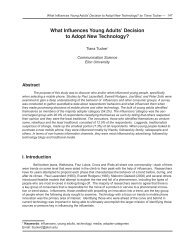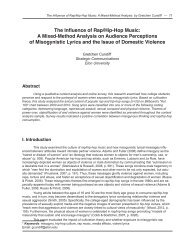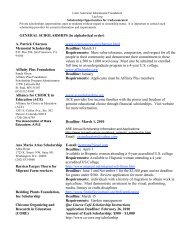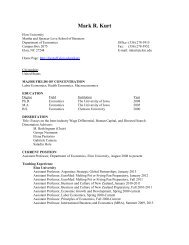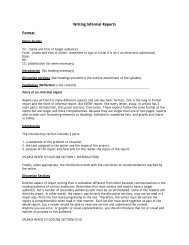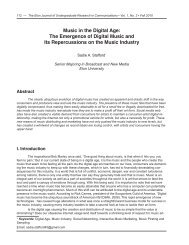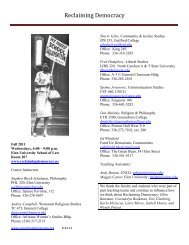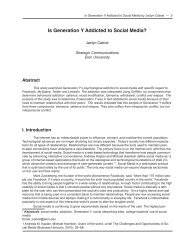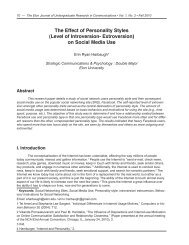In the Supreme Court of the United States In the Supreme Court of ...
In the Supreme Court of the United States In the Supreme Court of ...
In the Supreme Court of the United States In the Supreme Court of ...
You also want an ePaper? Increase the reach of your titles
YUMPU automatically turns print PDFs into web optimized ePapers that Google loves.
The three seminal rulings governing this case are Terry v. Ohio, 392 U.S. 1 (1968),<br />
Michigan v. Long, 463 U.S. 1032 (1983), and Maryland v. Buie, 494 U.S. 325 (1990). <strong>In</strong> all<br />
three cases, this <strong>Court</strong> held that a protective search was reasonable. Buie, 494 U.S. at 332; Long,<br />
463 U.S. at 1049–1050; Terry, 392 U.S. at 21. This <strong>Court</strong> based its decisions on <strong>the</strong> <strong>of</strong>ficers’<br />
reasonable belief that <strong>the</strong>y or o<strong>the</strong>rs nearby were in danger. Buie, 494 U.S. at 334, Long, 463<br />
U.S. at 1050; Terry, 392 U.S. at 30. This <strong>Court</strong> should uphold <strong>the</strong> Thirteenth Circuit’s decision<br />
because (1) <strong>the</strong> Fourth Amendment’s reasonableness standard permits protective sweeps when<br />
<strong>of</strong>ficers or bystanders are in danger, and (2) <strong>the</strong> Officer performed a reasonable protective<br />
sweep.<br />
A. This <strong>Court</strong> should hold <strong>the</strong> Officer’s non-arrest protective sweep was permissible<br />
because Terry and its progeny allow <strong>of</strong>ficers to take safety measures when <strong>the</strong>re is<br />
reasonable suspicion <strong>of</strong> danger.<br />
While <strong>the</strong> Fourth Amendment normally requires <strong>of</strong>ficers, prior to a search, to obtain a<br />
warrant backed by probable cause, this <strong>Court</strong> has recognized several exceptions to this general<br />
provision. See, e.g., <strong>United</strong> <strong>States</strong> v. Knights, 534 U.S. 112, 118–19 (2001) (noting, in a home<br />
search not incident to arrest, courts must balance <strong>the</strong> intrusion against <strong>the</strong> individual with <strong>the</strong><br />
government’s interests). Most notably, through Terry v. Ohio and its progeny, this <strong>Court</strong><br />
recognizes warrant exceptions when <strong>the</strong> safety <strong>of</strong> law enforcement <strong>of</strong>ficers and o<strong>the</strong>rs nearby is<br />
in jeopardy. See, e.g., Terry, 392 U.S. at 21. This <strong>of</strong>ficer safety rationale is <strong>the</strong> foundation for<br />
<strong>the</strong> reasonableness <strong>of</strong> protective sweeps, including those that <strong>of</strong>ficers perform in non-arrest<br />
home situations.<br />
8




